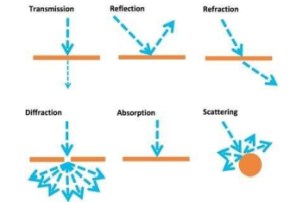How Do I Choose a 4g LTE Antenna?
4G LTE Data plans from reputable dealers like Unlimited LTE Advanced, are delivering quality internet coverage for rural and mobile users around the United States. Most users get great service with a quality modem and a sim card. But some locations need an antenna or cell phone signal booster to achieve the quality of data connectivity that most users desire. The problem is there is a lot of information out there, not all of it is clear, and some of that information is simply wrong.
Wading through the Jargon
Have you opened up an article about 4G data services and found yourself overwhelmed by terms like “Frequency Division Multiplexing, 3GPP, Femtocells, Picocells, or MIMO enabled LTE platforms? Well, you can relax as I am about to cut through all the techno-jargon and explain what you need to know. Then you can decide whether you need an antenna and or a signal booster, and which one makes the most sense for you based upon a few simple ideas.
The Wireless Signal
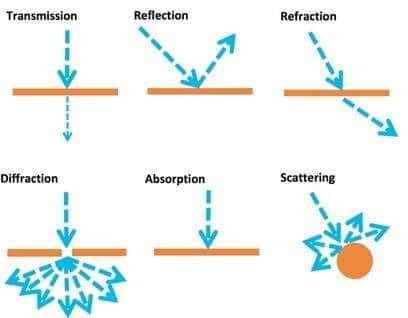
Cellular signals are in the UHF band of frequencies (Ultra High Frequencies). UHF signals are the strongest when the receiver (in this case your wireless modem) is in a direct line of sight (LOS) to the cell tower. Wireless signals can bounce off things in the environment, and this can create coverage when you are not in a line of sight situation (NLOS). But this can also distort and create copies of the signal through reflection, refraction, diffraction, absorption, and scattering.
When cell signals reflect, they reverse like a mirror image. This is called “out of phase.” Out of phase signals can weaken and even cancel out the original good signal through “frequency fading.” Quality wireless systems have technologies incorporated to help reduce the destructive effects of frequency fading but there are also steps you can take.
Barriers

While UHF signals move well through the walls of most wood houses, some materials create a barrier. Metal, concrete and stone walls limit signal penetration and negatively affect reception.
Man-made barriers are not the only issue. Natural obstacles like hills, valleys, canyons, as well as tree foliage, also block or reduce reception.
Location
Location is the key to many things in life and wireless data is no different. This means your first step in improving your coverage is to consider two locations – yours and the cell tower(s). You can query local cellular businesses or research tower locations on your own (There are a couple of good sites for finding cell towers at the end of this article). You need to know how far the tower is from your location and what is between that tower and your modem. The simplest and first step you can take to improve signal quality is to achieve “line of sight” access to the nearest tower. I have helped customers achieve significant improvement to their internet data speed by simply moving their wireless modem to a higher location in the home. One woman from Tennessee who lived in a concrete block home went from 1.5 mb of download speed to 17 mb by moving her modem to a window location.

The house on the left could either move the modem, trim the trees, or put an antenna up over the trees.
Which Type of Cellular Antenna do you need?
We can divide outdoor cellular antennae into two categories, Omni-directional and Directional (Commonly called Yagi antennas). Omni-directional antennae can access multiple nearby cell towers to produce a strong signal. Directional antennae can access a cell tower from longer distances. The more remote your location the more likely you will want to use one or more directional antennae. Cell phone signal boosters can also be useful in improving your data coverage. You can make the decision to add one based upon your unique criteria.
Criteria #1
What is the signal strength at your location? The best way to measure signal strength is to rent or buy an RF signal meter. Try several locations around the property including getting up as high as you can safely go. If your property is surrounded by trees, you can look for higher ground nearby to see if you can get a good signal above the trees. It is also likely that there is a local antenna vendor who can come out and take these measurements for you by hoisting an antenna up to find a good spot.
Signal Strengths
- 0 to -90db: This signal is strong and indicates one or
more cell towers are near your location.
An omni-directional antenna will perform well in this range and will
also facilitate multiple carriers. - -91 to -105db:
This signal strength is weak and will most likely require a directional antenna.
You will also be likely to benefit from a signal booster. - -106to
-135db: This signal is very poor to
nonexistent. A directional antenna with
a signal booster will be required to improve this signal strength. I have had
customers who successfully boosted the signal from towers that were in this
range while others could not.
When choosing your equipment, make sure to look for quality name-brand products with good reviews and a money-back guarantee. Beware of unbranded or dealer branded (white-label) equipment as these are often poor quality knock-offs.
Criteria #2
Are you using multiple carriers? There are two reasons you might want to boost multiple carriers. First you may want to have a cell phone antenna booster for guests who have a different carrier than you. Next, there are modems that utilize multiple carriers’ sim cards. These modems will select the strongest signal or “bond” the carrier signals to improve data speeds. If you are within the 0 to-90db range an omnidirectional antenna will facilitate these modems. Otherwise, you will need multiple directional antennae tuned or aimed at each carrier’s tower (Many towers host multiple carriers).
Installation Tips

When mounting an antenna on a pole, choose a pole that can not only handle the weight of the antenna, but also the weather to which that tower will be subjected. High winds and lightning are your biggest concerns. A directional antenna that rocks or oscillates will suffer serious signal loss. A strong metal pole cemented to the ground or secured to the building with brackets and guy wires (if needed) can provide sufficient support in high winds.
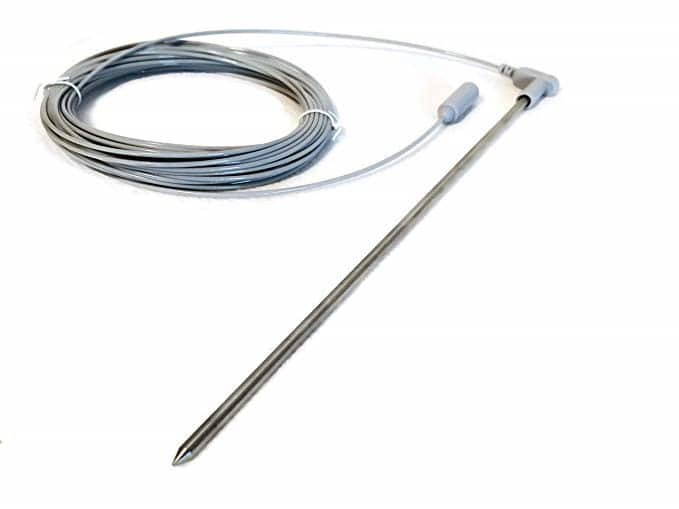
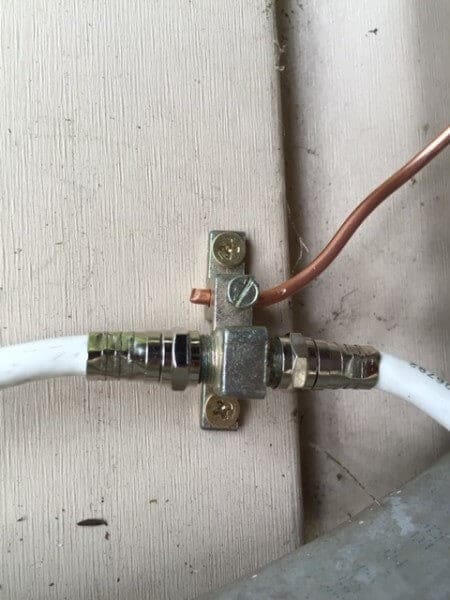
To protect your equipment and home from lightning you will need to ground your pole and install a lightning surge protector to your cable. Your ground wire should be connected to a ground pole that typically extends 6-10 ft into the ground. A surge protector is installed inline to your cable and connects to your ground wire.
Do you have other Antennae?
If you have a local tv or radio antenna, you will want to locate an multi-directional antenna at least 10-20 or more feet away to reduce chance of interference from and to these other signals. Make sure there are no nearby antennae in the path of a directional antenna. If you are installing an interior wifi broadcast antenna to a cellular antenna, try to maintain minimum 50ft of distance between these two antennae and place them so that directional antennae point away from the interior antenna.
When locating your tower and modem remember that cable distance also adds to signal loss. The rule here is cable run should be long enough but no more.
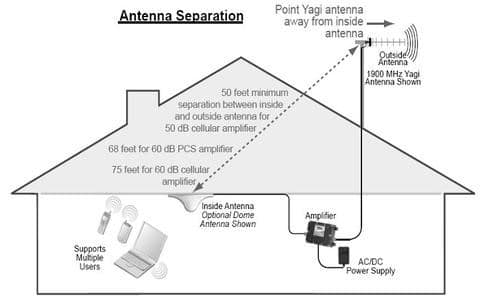
SUMMARY
The solution to getting good wireless data service in a challenging location is often found through a little research and some trial and error on your part. While wireless data is not a possibility for everyone, todays tech advances are making it a reality for most. If you are looking for solutions, a knowledgeable and helpful service provider like Unlimited LTE Advanced can also be a good resource as we are out there talking to users who have found their own unique solutions to a wide variety of situations.
Cell Tower Location Sites
https://www.cellmapper.net/map
http://www.antennasearch.com/default.asp

Mike Meyer serves as the Vice President of Marketing at Unlimited LTE, where he leads the charge in delivering innovative communication solutions to those who need them most—rural communities and people whose lives keep them constantly on the move. With nearly a decade at Unlimited LTE and over 40 years of combined industry experience across his team, Mike is deeply passionate about bridging the digital divide. For him, it’s not just about connectivity—it’s about unlocking opportunity and improving lives through better, smarter access to the world.
